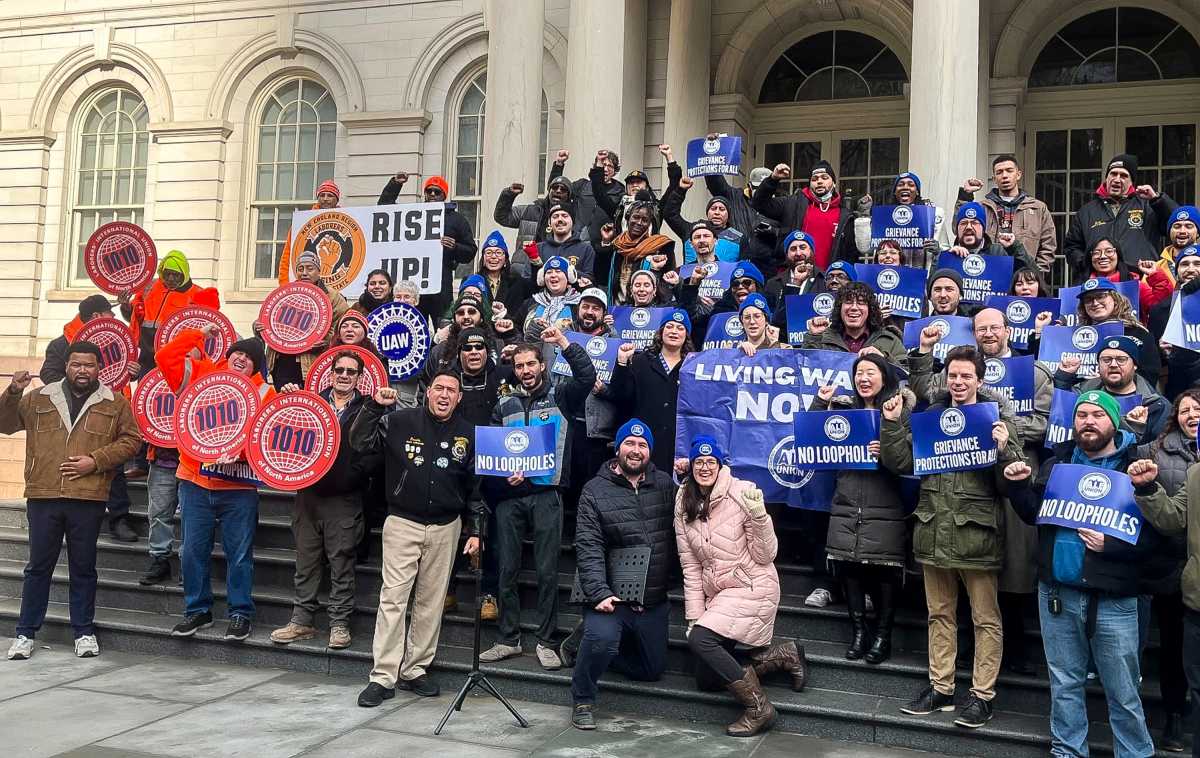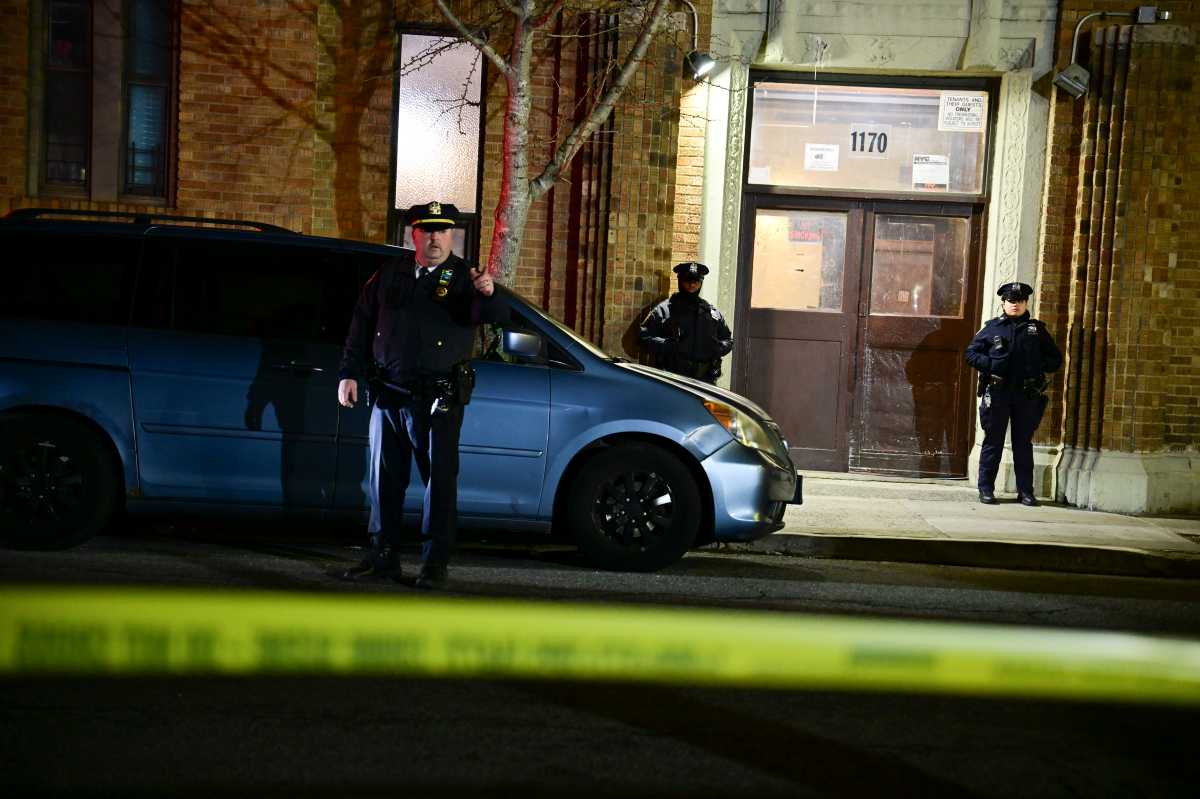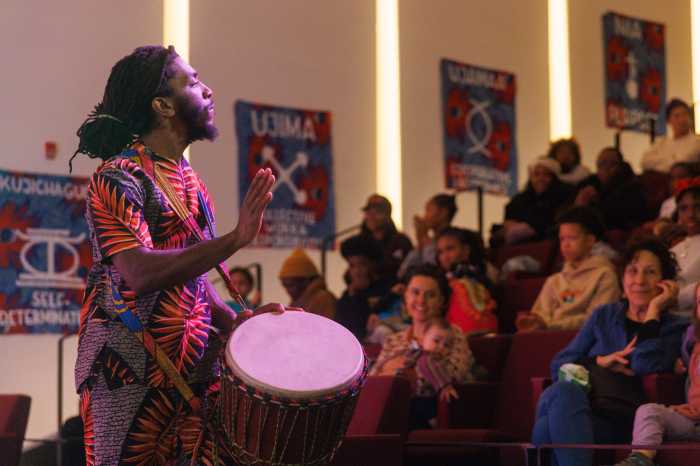ULURP, New York City’s acronym for the 1975 Uniform Land Use Review Procedure, establishes a six-to-seven-month series of public hearings for projects which are not “as-of-right” pursuant to the New York City Zoning Resolution. Projects intended to comply with current zoning regulations require review by the Department of Buildings (DOB) to ensure that they do comply. These projects may require interpretations of the zoning resolution by DOB pursuant to determinations sought by land use counsel.
For projects requiring ULURP, typically it takes 12-18 months for a project’s application to be certified by the City Planning Commission (CPC) as complete, before the ULURP clock can even start. This article focuses on ways to de-risk that lengthy two-year process by early outreach to the local city council member.
In addition to advisory review by the local community board and the borough president, ULURP applications require a majority vote approval by two bodies: first, by the City Planning Commission, and then at the end of the process by the New York City Council. If an application is rejected by the CPC, then it is dead on arrival and does not go to the council. Therefore, the first discussion a potential ULURP applicant (and its representatives) should typically have is with relevant staff from the Department of City Planning (DCP), as the administrative arm of CPC, to discuss the project’s land use rationale and ascertain whether CPC likely would be amenable to the proposal. An application is not just “dropped in a box” and hoped for the best! If DCP’s response is positive, then the application process should proceed.
As the city council is the final decision maker on ULURP applications, a proposal could be rejected by the council after two years of review. However, there are strategies to mitigate this risk. Fortunately, while we are a long way from DCP convening a new application “first discussion” roundtable of representatives from the city council, the borough president and the community board, today’s accepted practice assumes that the council member will be approached early, sometimes before DCP, or certainly early on after DCP indicates an open mind, on applications with the potential to engender opposition. How best to optimize success in this still serialized set of meetings after certification is not standardized with many applicants fearing that simply asking a council member or community activists about their views will result in unrealistic demands for community benefits that would simply “break the bank” and create polarized positions.
Many ULURP applications that DCP reviews and CPC approves are relatively non-controversial and outreach to the council member may occur later in the process, but should generally occur prior to the application’s certification by CPC into ULURP. Successful projects with the potential for opposition recently have taken the approach in which the council member is consulted first and provides a general reaction as well as specific priorities for the new project. Importantly, the council member has a de facto “veto” within the council, which understandably will respect the wishes of the local member regarding local matters-including big buildings. In several cases, we have seen a council member delineate concerns — the need for a school, a pre-K, an open space — all of which can add value to the project while making the community constituents, and thus their council member, willing to approve the project.
Sometimes, however, the concerns, if accommodated, would diminish the economic value needed to support the project itself, let alone to pay for the amenity. Thus, credibly responding to certain requests by saying “No,” is a necessity. The key word is “credibly.” Developers who ask for much more than they need will suffer a credibility gap, rather than engender trust and goodwill, simply by dropping the high demand. For example, the developer who proposes 60 stories when 40 stories will do, would likely get 30 stories plus demands for non-economically viable amenities. Conversely, a dialogue in which the council member raises objections and in turn listens to the benefit of creating more value (to be shared with the community) though greater density or a different array of income bands for affordable housing, can produce an early collaboration (though no guarantees) which improves the odds of council approval.
Lest there be any doubt, even with that collaborative dialogue, there will inevitably be a tough meeting on the eve of the council zoning and franchises subcommittee vote between the council member, council land use staff, and maybe a community representative on one side and the developer and its advisors on the other. That meeting, often late into the evening, is meant to assure that the council member has succeeded in extracting the last available benefit for the community.
Most developers misperceive this critical moment and either capitulate heedless of economic risks, or they become intransigent and risk disapproval. If the deal cannot be found, it is possible that the mayor’s office, acting through the deputy mayor for economic development, housing, and workforce development, may weigh in and provide or subsidize some of the amenities demanded by the community. While this is not ideal, the key is to find compromises that add economic value to the development project and also valuable benefits to the community.
All of this is, of course, is easier said than done. A thorough knowledge of the community, its responsible leaders (as well as those who simply want to say “Not In My Backyard”), and an ability to listen as well as share credible economic realities are the basic skills. Finally, knowing what compromises in the past provide a good precedent for a current disagreement – in other words “experience” – will help move a project over the finish line.
ULURP was intended to assure broad public participation in the planning process. At its worst it can add cost with little benefit. But, when responsible developers establish trust with the city council member, and credibility with the responsible community leadership, good things can be accomplished.
Dan Egers, a shareholder of Greenberg Traurig, focuses his practice on New York City land use and planning. The views expressed are his own.
Ed Wallace, co-chair of the New York office of Greenberg Traurig, served as the last Manhattan city councilmember at large and chief of staff to the City Council president. He has represented Columbia, Fordham and NYU in obtaining land use approvals. He is counsel to the Citizens Budget Commission.







































